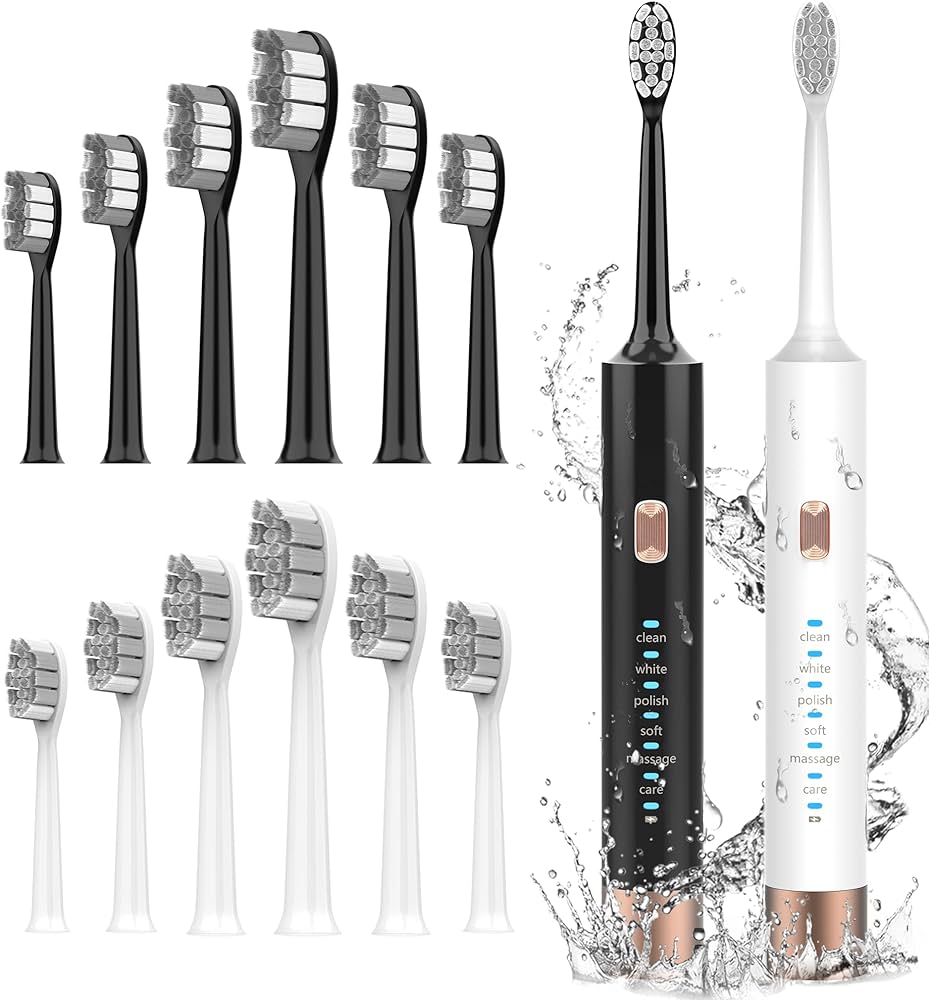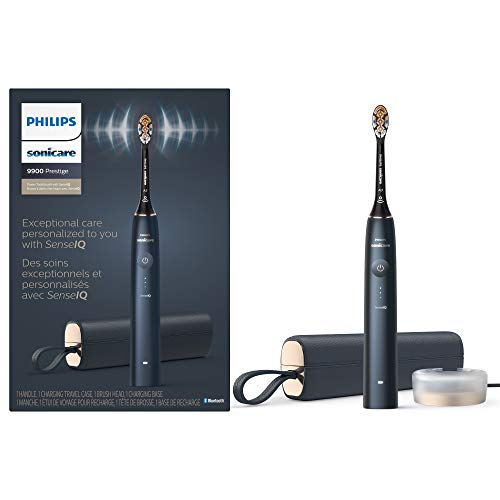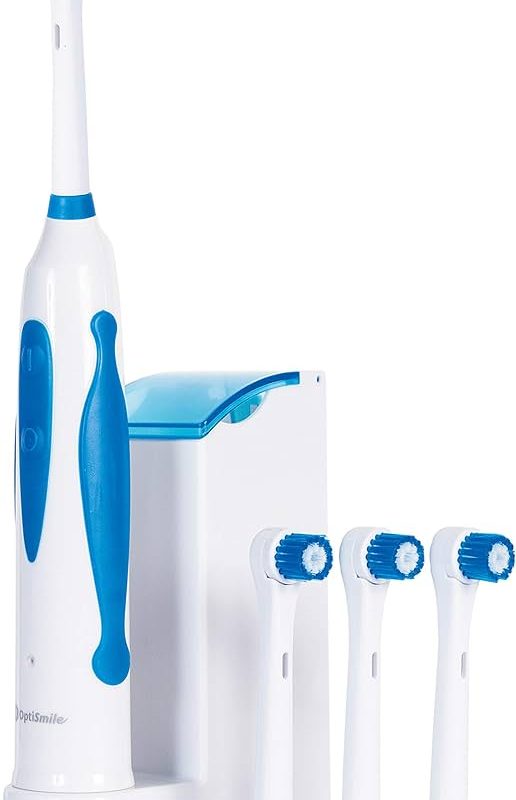Introduction
Maintaining proper hygiene and cleanliness of oral care tools is important for overall oral health. Electric toothbrushes are commonly used to maintain oral hygiene, and it is natural to wonder if the brush heads can be sanitized with disinfectants. In this article, we will explore the topic of sanitizing electric toothbrush heads with disinfectants, considering factors such as the necessity of sanitization, suitable disinfectants, recommended cleaning methods, and potential risks to be aware of.

Can I sanitize the head of electric toothbrush with a disinfectant?
The necessity of sanitization
Sanitizing the brush head of an electric toothbrush can help remove bacteria, fungi, and other microorganisms that may accumulate over time. Consider the following factors:
Microbial growth: The warm and moist environment of the oral cavity can create an environment conducive to microbial growth on the toothbrush bristles. Sanitizing the brush head can help reduce the presence of potentially harmful microorganisms.
Cross-contamination: Sharing toothbrushes or using them after an illness can increase the risk of cross-contamination. Sanitizing the brush head can help minimize this risk, especially in shared living spaces or households.
Solution: While sanitizing the brush head of an electric toothbrush may not be necessary for everyone, individuals who are more susceptible to infections or who prefer additional cleanliness measures can consider sanitization as an extra precaution.
Suitable disinfectants
When considering disinfectants for electric toothbrush heads, it is important to choose options that are safe and effective. Consider the following factors:
Antimicrobial mouth rinses: Some antimicrobial mouth rinses, such as those containing chlorhexidine, can be used for disinfecting toothbrush heads. These rinses have antimicrobial properties and can help reduce bacterial growth on the brush head.
Hydrogen peroxide: A diluted solution of hydrogen peroxide can also be used as a disinfectant for toothbrush heads. It is important to use a 3% concentration of hydrogen peroxide and rinse the brush head thoroughly afterward to remove any remaining residue.
UV sanitizers: UV sanitizers specifically designed for toothbrush heads are available in the market. These devices use ultraviolet light to kill bacteria and other microorganisms.
Solution: Antimicrobial mouth rinses and hydrogen peroxide can be used for sanitizing electric toothbrush heads. Follow the instructions provided by the manufacturer and ensure proper rinsing to remove any residue. UV sanitizers can also be considered for effective sanitization. When sterilizing, you need to be careful to place it on a flat area such as floating tv cabinet.

Recommended cleaning methods
Apart from using disinfectants, regularly cleaning the electric toothbrush head is essential for maintaining good hygiene. Consider the following factors:
Rinsing after use: After each use, rinse the brush head thoroughly with water to remove any debris or toothpaste residue. This helps prevent the accumulation of bacteria and other microorganisms.
Brush head replacement: Follow the manufacturer’s recommendations regarding brush head replacement. Over time, the bristles can become frayed or worn, reducing their effectiveness in cleaning and potentially harboring bacteria. Replace the brush head as recommended, usually every three to four months or sooner if bristles appear worn.
Cleaning with soap and water: Regular cleaning with mild soap and water can help remove any remaining debris or bacteria from the brush head. Gently scrub the brush head with the soap and rinse thoroughly.
Solution: Regular rinsing, proper brush head replacement, and cleaning with soap and water are important practices for maintaining a clean electric toothbrush head. These methods can help prevent the accumulation of bacteria and ensure effective plaque removal.

Potential risks
While sanitizing electric toothbrush heads can provide benefits, it is important to be aware of potential risks associated with certain disinfection methods. Consider the following factors:
Chemical residue: Improper rinsing or using disinfectants that are not suitable for toothbrushes can leave chemical residues on the brush head. These residues can be ingested during brushing and may cause adverse effects. It is important to follow the instructions provided by the manufacturer and ensure thorough rinsing.
Damage to brush head: Certain disinfection methods, such as boiling or microwaving the brush head, can damage the bristles and reduce their effectiveness. Avoid using extreme heat or harsh chemicals that may compromise the integrity of the brush head.
Solution: Choose disinfectants that are safe for use on toothbrushes and follow the instructions provided by the manufacturer. Avoid using extreme heat or harsh chemicals that may cause damage or leave residue.

Other considerations
In addition to sanitizing the brush head, there are a few other considerations to keep in mind when using an electric toothbrush. Consider the following factors:
Storage: Proper storage of the electric toothbrush when not in use is essential for maintaining cleanliness. After each use, make sure to rinse the brush head thoroughly, shake off any excess water, and allow it to air dry in an upright position. Avoid storing the toothbrush in a closed container or in an area where moisture can accumulate, as this can promote bacterial growth.
Personal hygiene: Good personal hygiene practices can also contribute to the overall cleanliness of your toothbrush. Make sure to wash your hands thoroughly before handling the toothbrush to minimize the transfer of bacteria. Additionally, avoid sharing toothbrushes with others, as this can increase the risk of cross-contamination.
Regular dental visits: While proper toothbrush sanitation is important, it is also crucial to maintain regular dental check-ups and cleanings. Professional dental cleanings can remove any plaque or tartar buildup that may be missed during regular brushing, ensuring optimal oral health.
Additional tips for maintaining a clean toothbrush
In addition to sanitizing the brush head, there are some additional tips to consider for maintaining a clean electric toothbrush. Consider the following factors:
Storing the toothbrush: Proper storage of the toothbrush can help prevent the accumulation of bacteria. After each use, rinse the brush head thoroughly and store it in an upright position to allow for air drying. Avoid storing it in a closed container or covering it with a cap, as this can create a moist environment that promotes microbial growth.
Avoid sharing toothbrushes: Sharing toothbrushes can introduce bacteria and increase the risk of cross-contamination. It is best to use your own toothbrush and avoid sharing it with others.

Conclusion
Sanitizing the brush head of an electric toothbrush can provide an extra level of cleanliness and potentially reduce the presence of harmful microorganisms. Suitable disinfectants such as antimicrobial mouth rinses and diluted hydrogen peroxide can be used for effective sanitization. Regular cleaning with soap and water, proper brush head replacement, and rinsing after each use are important practices for maintaining a clean electric toothbrush head. It is important to be aware of potential risks associated with certain disinfection methods, such as chemical residues or damage to the brush head. By implementing proper cleaning and sanitization practices, individuals can maintain good oral hygiene and oral health while using an electric toothbrush.

